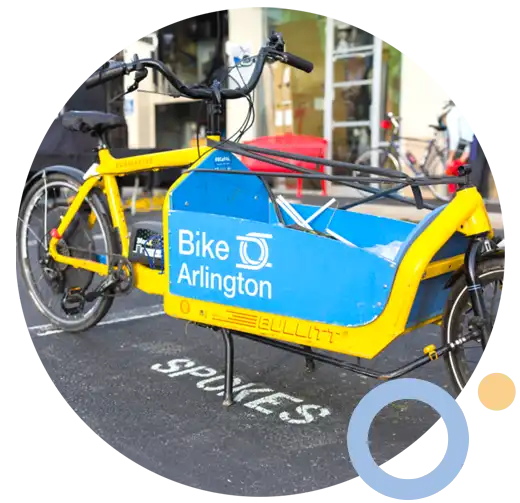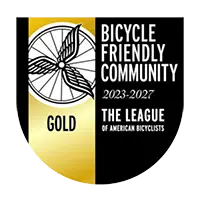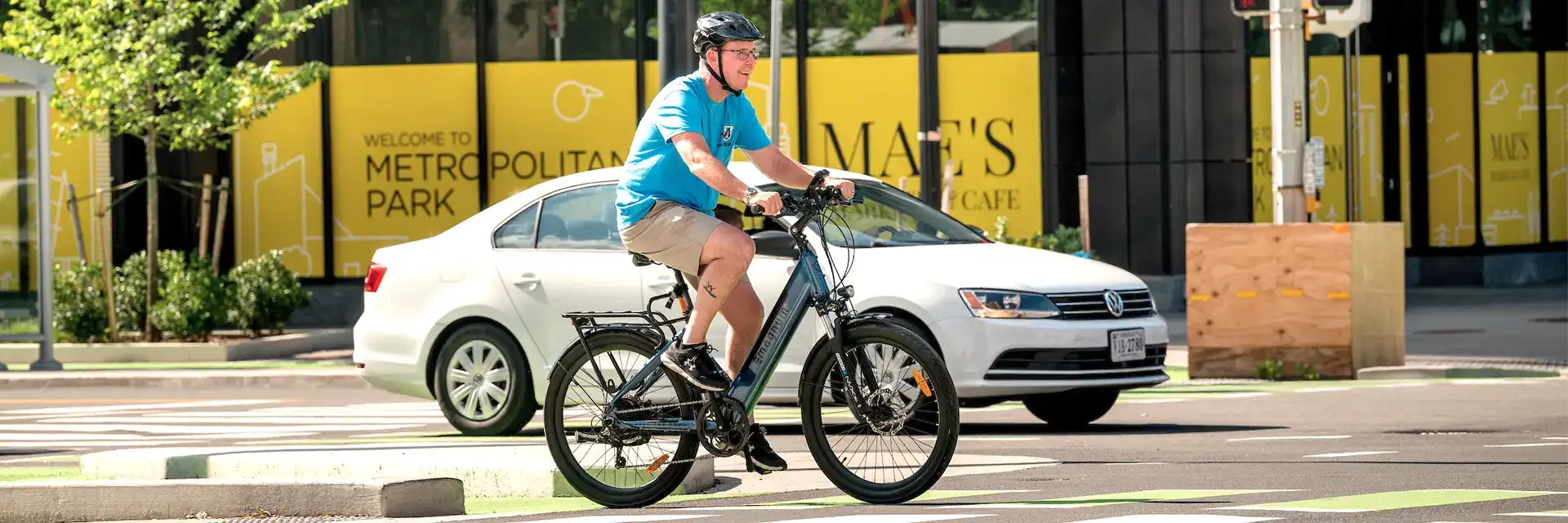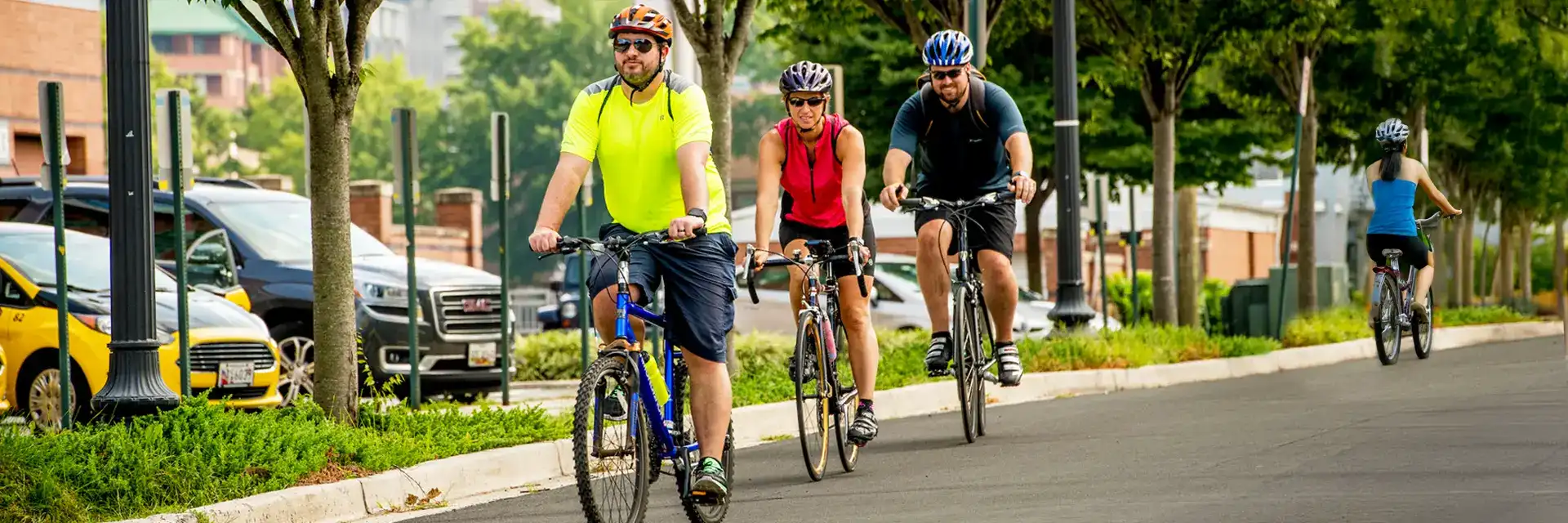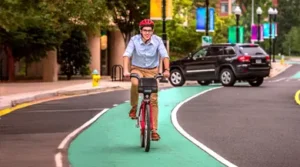Explore BikeArlington
Welcome to BikeArlington! Browse our site to discover upcoming events, use the Bicycle Comfort Level Map to find new routes, embark on self-guided tours, read educational blogs, and access safety tips and suggestions. Whether you’re a beginner or a seasoned bicyclist, there’s something for everyone.
Maps
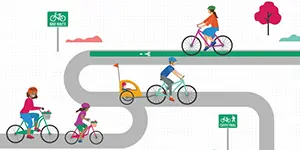
Bicycle Comfort Level Map
Considering exploring Arlington County on two wheels? Whether you’re a daily commuter, a weekend warrior, or a cycling ne...
Most Recent Blog Posts

June 26, 2025
Summertime and the Moving is Easy
The pace of the season may be a little slower, but in Arlington, there is no shortage of options for outdoor activities to fill the long summer days ahead. Best of all, with Arlington's miles of shared-use trails, award-winning walkabil...

June 25, 2025
Bike to Work Day in Words and Pictures
A regional celebration coordinated by the Metropolitan Washington Council of Governments, Bike to Work Day 2025 took place on Thursday, May 15. More than 12,000 people throughout the DMV biked to work that morning and visited one of mor...

June 6, 2025
Conquer Those Hills!
The hills around the DMV often discourage people from biking and Arlington is no exception. While it may seem that fitness is the only factor in one’s ability to ride up hills, there are many quick fixes to the bike itself and to your b...
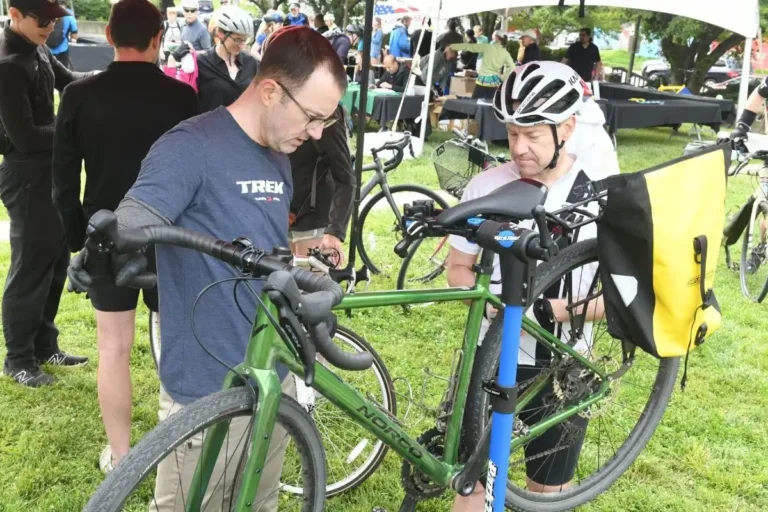
April 25, 2025
Top Ten Reasons You Should Register for Bike to Work Day
Every May, we look forward to a little extra commuting fun on Bike to Work Day, when thousands of bike commuters come out to connect with fellow cyclists and celebrate BikeArlington’s favorite form of active transportation! This year is...

December 26, 2024
BikeArlington Bicycle Comfort Level Map: Helping You Build Confidence to Ride More
Bike Confidently BikeArlington strives to introduce new people to bicycling and encourage those who haven’t ridden in a long time to get back in the saddle. Our mission is to reach the “Interested but Concerned” bicyclist. This pers...

December 5, 2024
Meet the Traffic Garden
One beautiful weekend in the fall of 2020, a temporary traffic garden was installed at the Woman’s Club of Arlington. While traffic gardens (sometimes referred to as “safety towns”) have been popular since the 1970s, they are relatively...
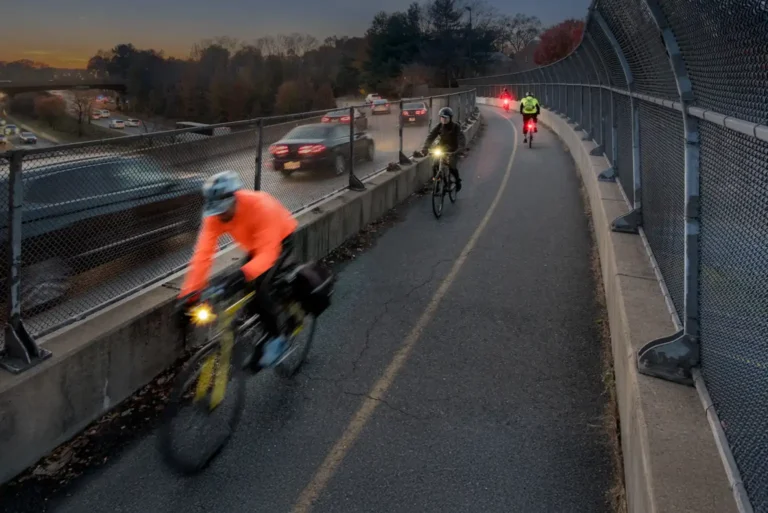
November 12, 2024
Bike Lights: Guidance for Choosing the Lighting System That’s Right for You
There’s a long-time tradition in many European countries of using the bicycle as a daily commuter’s transport. The bicycle is considered an integral part of road traffic. As such, European Community Nations have incorporated the bicycle...
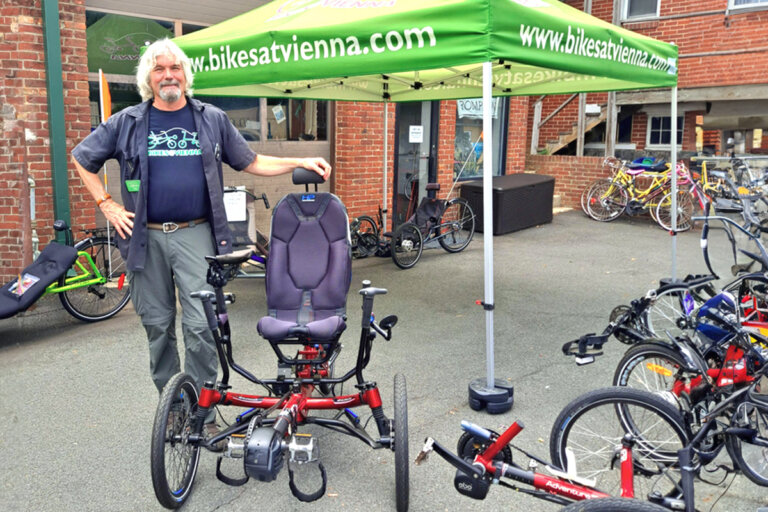
July 31, 2024
Bikes@Vienna – Rolling with the Changes
BikeArlington is thrilled to feature select area bike shops in our space at the Arlington County Fair from August 16-18 this year. Joining us on Saturday, August 17, is Tim Fricker, owner of Bikes@Vienna in Vienna, Va. Along with his sk...
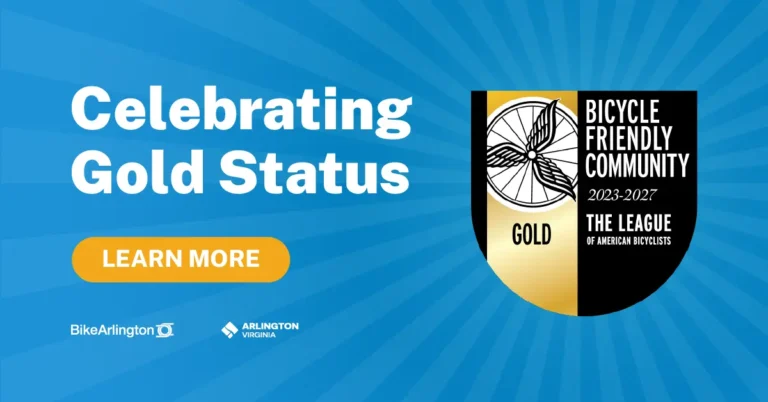
February 6, 2024
Arlington Named a Gold Bicycle Friendly Community by the League of American Bicyclists
Our Active Transportation team is energized this week after receiving word that Arlington has been named a Gold Bicycle Friendly Community by the League of American Bicyclists. As of fall 2023, there were 480 Bicycle Friendly Communitie...
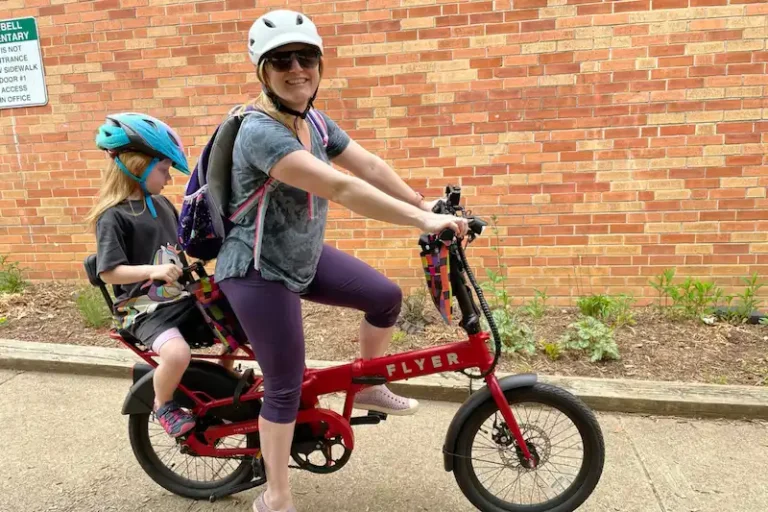
January 23, 2024
E-Bike Evolution: Lifestyles and Lifecycles
Have you been considering an e-bike but need a little convincing? No urgent need or desire to change your routine? Hard to justify the cost? Lack the bandwidth for another learning curve? Looking for a compelling testimonial to bring y...
About Us
The BikeArlington team plans events and classes with community partners throughout the year to educate people on how to use a bike for transportation in and around Arlington. Learn how you can join the fun with these free and/or affordable events.
Learn More: About Us